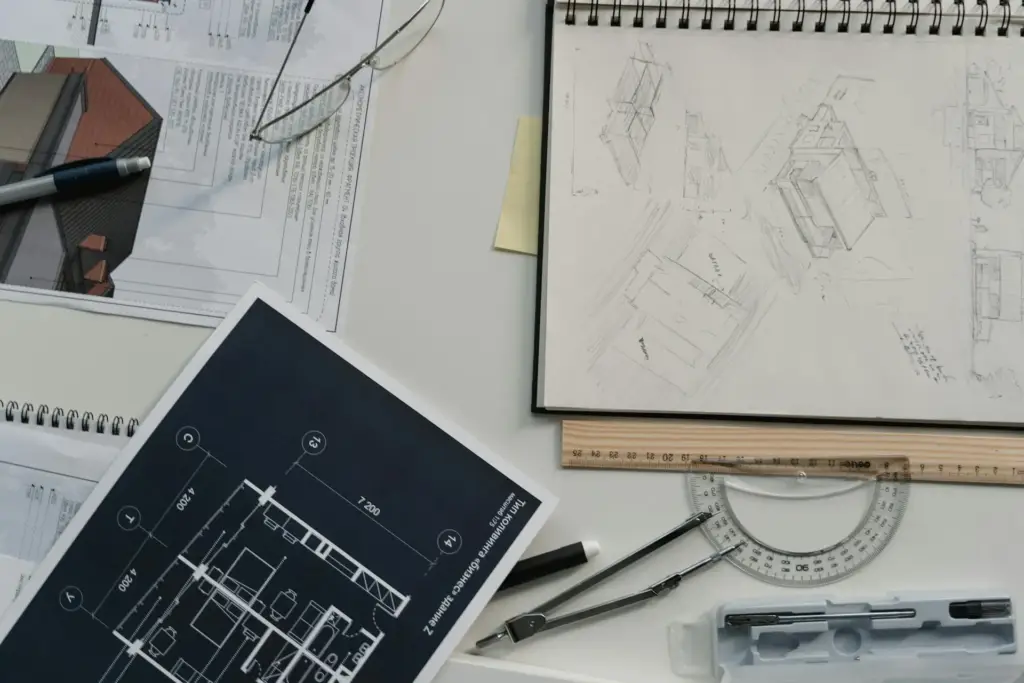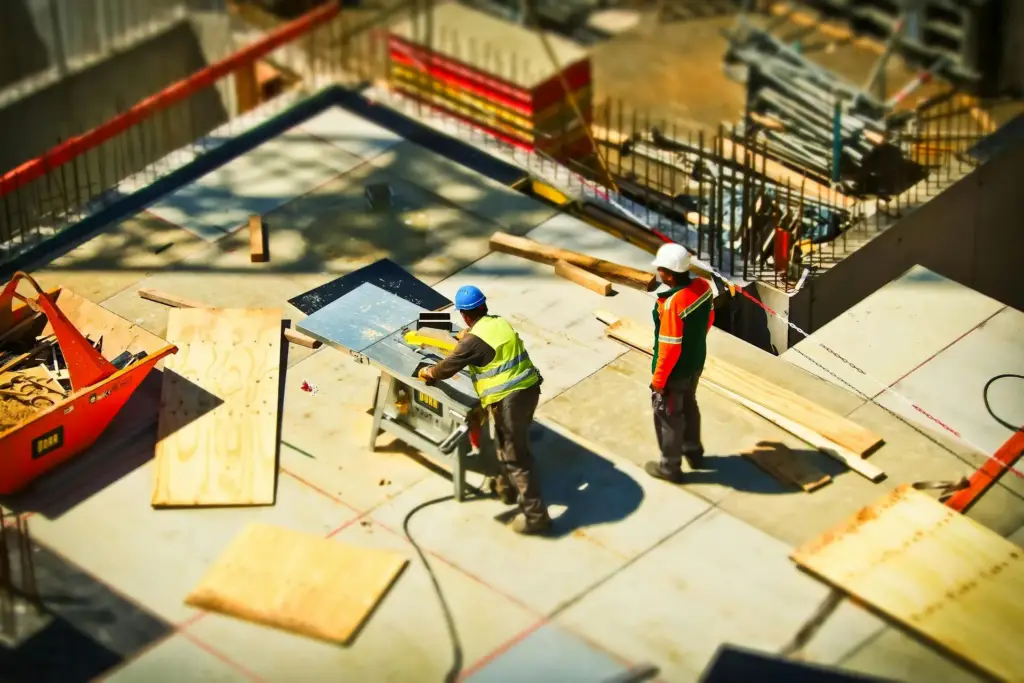The AI in Architecture and Construction is revolutionizing the way buildings are designed and constructed, optimizing processes to make them more efficient, sustainable and customized. With the adoption of artificial intelligence, architects and engineers can now make more informed decisions based on large amounts of data, while automation is enabling faster and more accurate construction. In this article, we will explore how AI is impacting both fields and how it is reshaping the future of design and construction.
Architectural Design Optimization
The AI in Architecture and Construction is enabling architects to design smarter and more sustainable buildings. Through data analysis, artificial intelligence systems can evaluate different factors that influence design, such as building orientation, energy efficiency, climate and available materials. In this way, AI helps architects create designs that are not only aesthetically pleasing, but also functional and efficient.
One of the main applications of AI in this area is the use of generative algorithms. These algorithms can analyze hundreds of design options based, allowing architects to explore a wider variety of solutions. For example, if an architect is looking to maximize natural light in a building, AI can simulate different window arrangements.
In addition, AI can anticipate problems that could arise in the construction phase, allowing designers to make adjustments at the planning stage. This minimizes the risk of costly mistakes and improves overall project efficiency.

Automated Construction
The AI in Architecture and Construction is also moving towards construction automation. One of the biggest challenges in traditional construction is accuracy and speed, but with artificial intelligence, it is now possible to build faster and more accurately. Robotic automation, along with AI, is beginning to play a crucial role in building construction.
AI-controlled robots can perform repetitive and dangerous tasks, such as laying bricks or installing panels, with greater accuracy than humans. Also, AI-powered drones are being used to inspect construction sites, reducing the time needed for manual supervision and improving safety.
Another key development is the use of large-scale 3D printers for construction. With the help of AI, these printers can build entire structures in a matter of days, significantly reducing construction times and associated costs. AI helps optimize the use of materials during the printing process, ensuring that there is no unnecessary waste.

Artificial Intelligence and Project Management
AI in Architecture and Construction is not limited to physical design, but also plays a role in project management. Artificial intelligence tools can analyze project schedules, identify potential bottlenecks and suggest ways to optimize resources. This helps project managers plan more effectively and avoid costly delays.
For example, AI models can accurately predict how long it will take to complete each phase of a construction project and adjust schedules in real time. As a result, projects are completed on schedule and with fewer setbacks.
In addition, AI is helping to improve safety at construction sites through real-time monitoring. Sensors and cameras connected to AI systems can monitor worker behavior, identify dangerous situations. This has proven to be crucial in reducing the rate of incidents at construction sites.

The Future of AI in Architecture and Construction
The impact of AI in Architecture and Construction is just beginning, and the future promises even more advancements. With the integration of emerging technologies, architects will be able to visualize projects before they are built, allowing real-time adjustments. Furthermore, automation will continue to reduce construction times, improve accuracy and minimize the risk of errors.
Conclusion
In summary, AI in Architecture and Construction is redefining the boundaries of what is possible. From optimized design to automated construction, this technology is accelerating the evolution of the industry, making buildings smarter, more sustainable. As AI continues to advance, it will undoubtedly continue to revolutionize every aspect of the architectural and construction process, improving both the professional and end-user experience.

